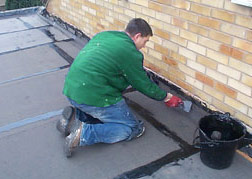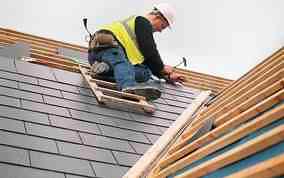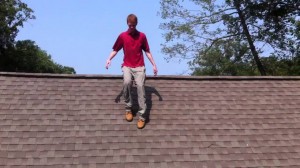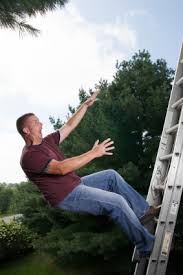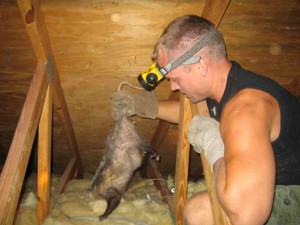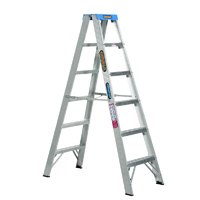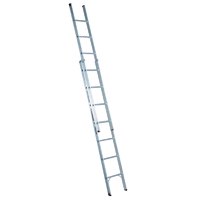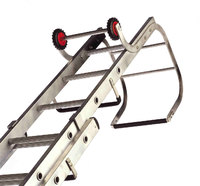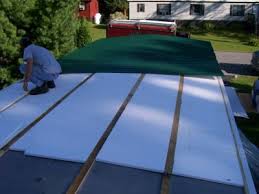Flat Roof Solutions Tips: Practical Approach to Flat Roof Maintenance
Flat roofs need more maintenance than pitched roofs because debris and water tend to collect or pool on the surface. A roof with less than 15 degrees of pitch is considered a flat roof. Flat roofs have normally long lifespan but only if proper maintenance is observed. Of course, the roof’s lifespan also depends on the kind of materials used.
The traditional felt-based roofs suffer from some shortcomings such as blistering, water ponding and splitting. Through regular maintenance, you can prevent damage to your flat roof and prolong its usable service life.
Here are practical flat roof solutions maintenance tips to ensure the durability of your home:
Blistering
Blister occurs when air is trapped between the felt substrate or layers of felt. Heat causes the air to expand, which pierces the felt when it breaks out. Blistering has more chances of occurring when the air bubble is large and occurs on a join. Water can now pass through the blisters and into the roof. We advise getting professional help to clean and fix the area to eliminate the blisters and make sure that waterproof condition is restored.
Ponding
Water ponding is one of the most common problems of flat roofs. This is indicated by standing pool of water on the roof’s surface or water mark around an area of the roof during dry conditions. You can use automatic water pump to collect water in the middle area of the roof or hoppers to collect the water near the edge. Ponding is easily remedied through regular maintenance to detect early signs of the problem.
Splitting
There are different causes of splitting such as pressure, stress, water ponding and freeze thawing. It could also be caused by poor workmanship quality. Foot traffic, walking on the surface or failure to maintain the reflective paint may be the culprits too. Large splits have to be repaired by professionals. Small splits or cracks may be fixed by the owner using commercially-available patch kits.
Proactive Maintenance
Performing regular maintenance with a proactive approach will prevent the occurrence of major problems that might necessitate costly roof repairs. If your roof was not built to be used as an outdoor roof deck, standing on it to clean debris and dirt may damage the material or slant of the roof, which allows water to run down. Using a leaf blower is an option to remove leaves and dirt on the roof. Better yet, engage the services of professionals to safely clean the roof.
Trees pose a problem too when they are allowed to grow high where their branches could scrape and damage the roof. Fallen leaves and branches could block gutters and downspouts as well.
